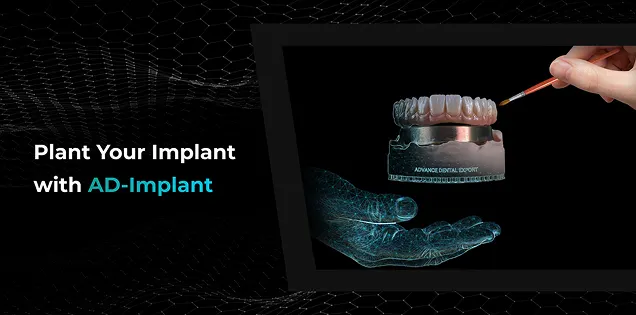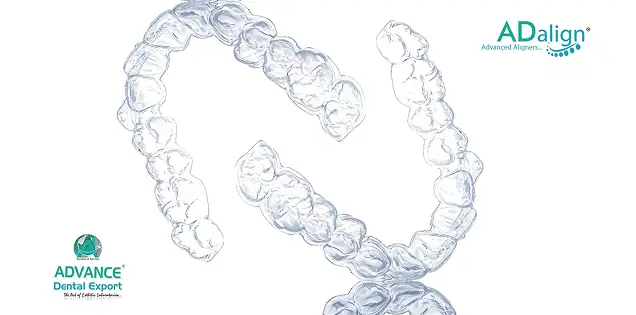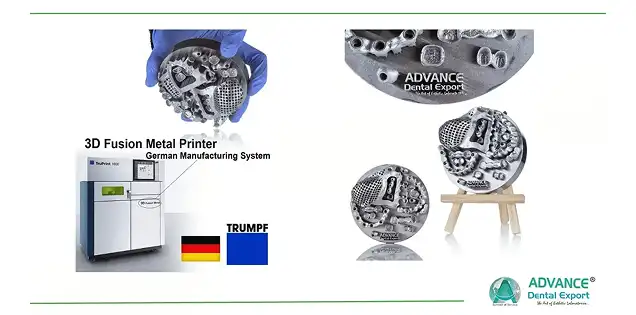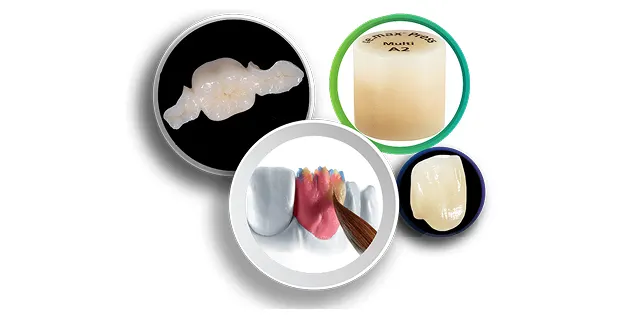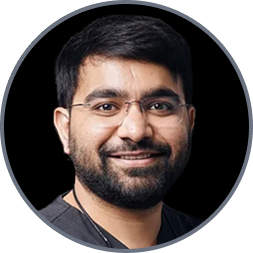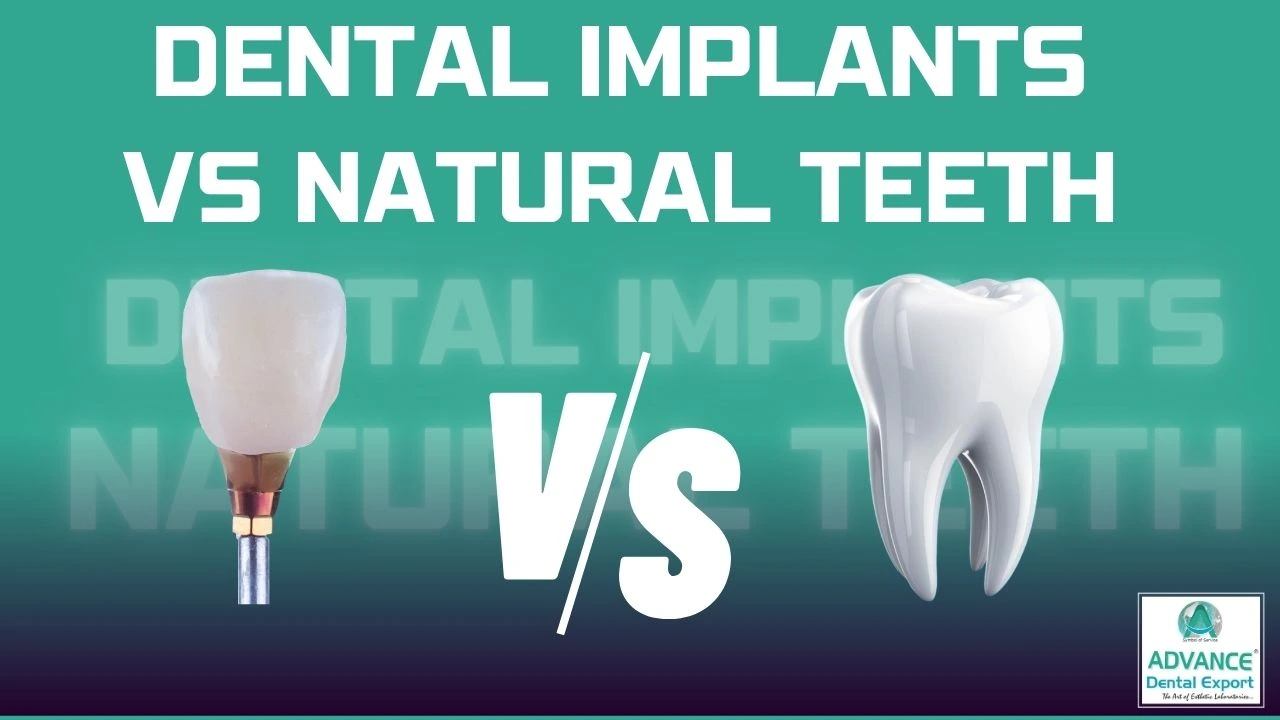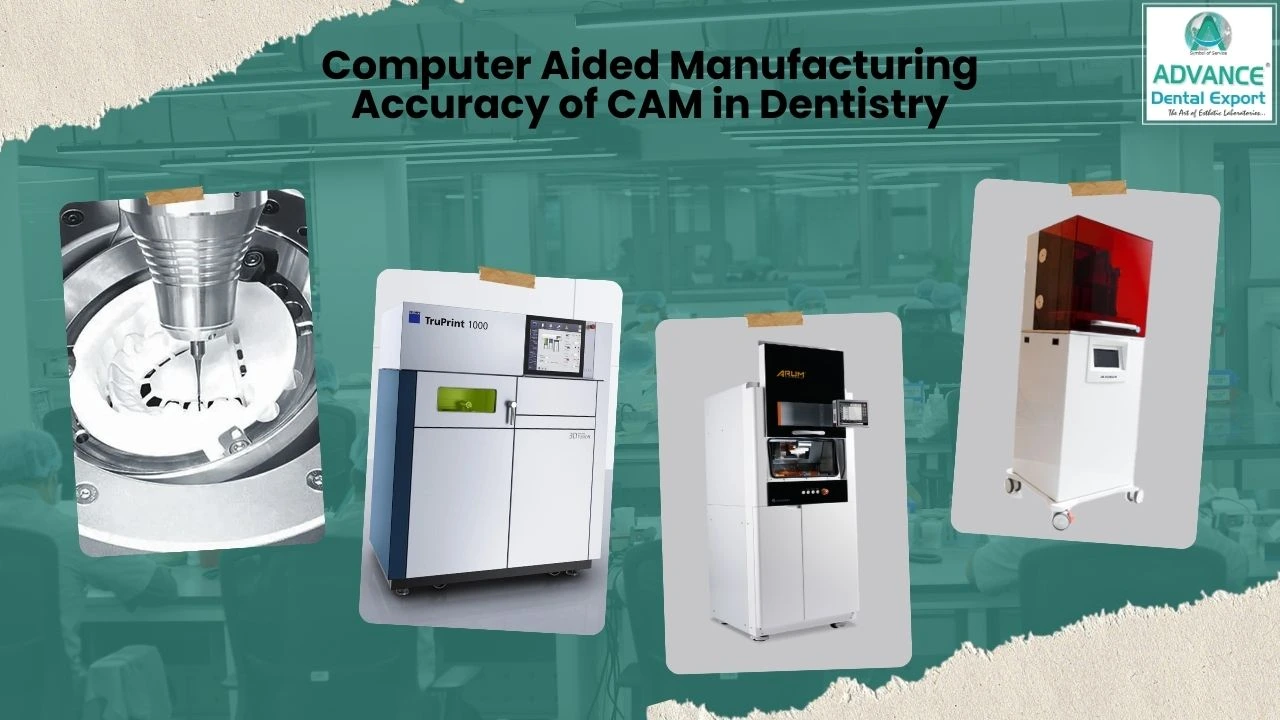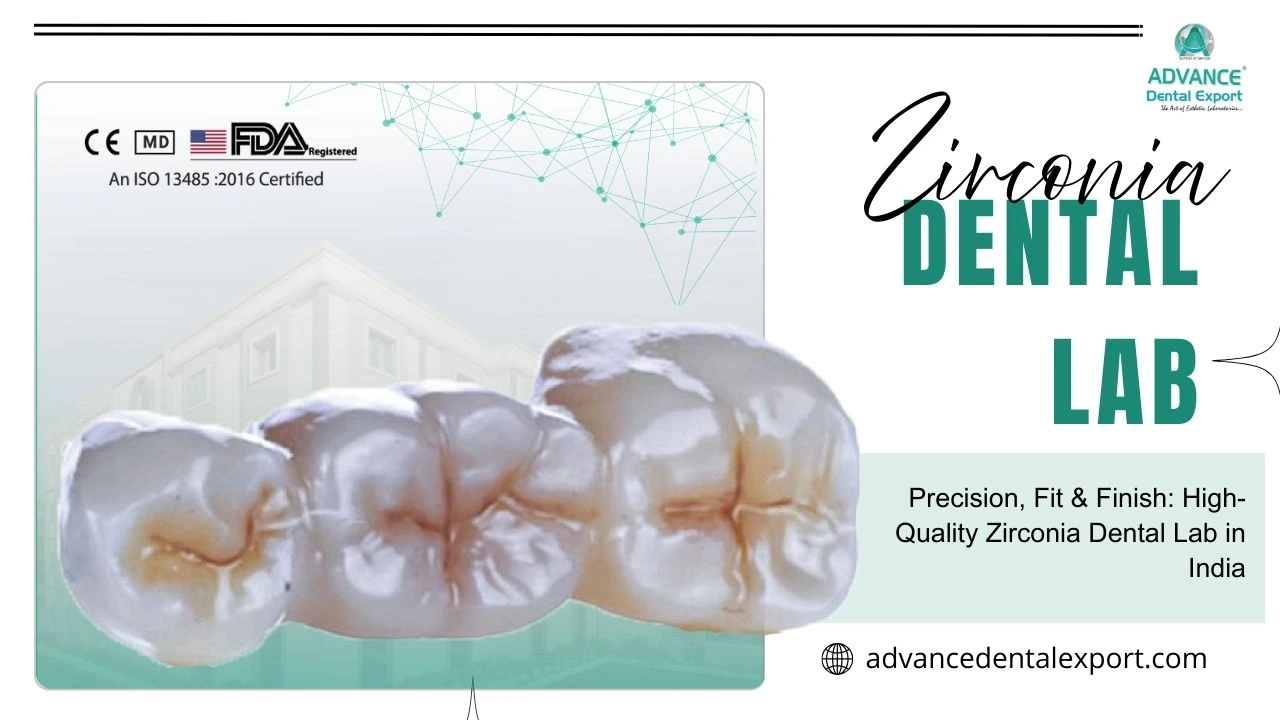Have you ever wondered how dental care is evolving in 2025? The dental industry is undergoing a significant transformation, driven by technological advancements that are reshaping patient care and practice management. From AI-powered diagnostics to same-day 3D-printed restorations, the landscape of dental practice is evolving faster than ever.
But how do these innovations translate into real benefits for both patients and practitioners? Let's delve into the latest trends in digital dentistry that are making a tangible impact.
Latest Trends in Digital Dentistry 2025
The digital dentistry in 2025 is experiencing a technological renaissance, with innovations that are not just enhancing patient care but are fundamentally transforming the way dentistry is practiced. Let’s explore some of the trending digital dentistry innovations in brief:
Generative AI: AI-Powered Diagnostics & Treatment Planning
In 2025, artificial intelligence is revolutionizing dental diagnostics and treatment planning. AI algorithms now analyze dental radiographs and clinical images with remarkable accuracy, often matching or surpassing the diagnostic capabilities of experienced dentists. This advancement allows for early detection of dental issues such as cavities and periodontal disease, enabling timely interventions and personalized treatment plans.
Moreover, AI's role extends beyond diagnostics into treatment planning. By analyzing patient data, AI can suggest optimal treatment options tailored to individual needs, improving outcomes and patient satisfaction. This integration of AI into dental practices signifies a shift towards more efficient, accurate, and patient-centric care.
Intraoral Scanners: Digital Impressions, Patient Experience, Efficiency
In 2025, intraoral scanners have become indispensable in modern dental practices, transforming the way impressions are taken and enhancing patient experiences. These advanced devices capture highly accurate 3D digital impressions of a patient's teeth and gums, eliminating the need for traditional, often uncomfortable, physical molds. This shift not only improves patient comfort but also streamlines the workflow within dental clinics.
The integration of intraoral scanners with CAD/CAM dentistry systems allows for the swift design and fabrication of dental restorations, such as crowns and bridges, directly in the clinic. This capability significantly reduces the time patients spend waiting for their dental work, often enabling same-day treatments. Moreover, the precision offered by digital impressions leads to better-fitting restorations, reducing the likelihood of adjustments and enhancing overall treatment outcomes.
From a clinical perspective, the use of intraoral scanners facilitates a more efficient workflow. Dental professionals can instantly share digital impressions with an expert dental lab, expediting the production of restorations and minimizing the risk of errors associated with manual impressions.
Explore Our Restorations
For patients, the benefits of digital dentistry are clear. The elimination of messy impression materials and the reduction in appointment times make dental visits more pleasant. Additionally, the ability to visualize their dental conditions and proposed treatments through digital models enhances understanding and trust in the care they receive.
3D Printing: On-Demand Production, Customization, Cost Efficiency
In 2025, 3D printing has become a cornerstone of digital dentistry, enabling dental professionals to produce custom-fit restorations with remarkable speed and precision. This technology allows for the creation of crowns, bridges, dentures, and aligners directly in the dental office, reducing the need for multiple appointments and lab visits.
The integration of artificial intelligence (AI) with 3D printing workflows further enhances the customization process. AI-driven design tools analyze patient data to optimize the fit and function of dental restorations, ensuring personalized and effective treatments. This synergy between AI and 3D printing not only improves clinical outcomes but also streamlines the overall workflow, leading to increased efficiency in dental practices.
Teledentistry: Remote Consultations & Monitoring
In 2025, teledentistry is reshaping how dental care is delivered, making it more accessible and convenient for patients worldwide. Imagine being able to consult with your dentist from the comfort of your home, without the need for a physical visit. This is now possible through teledentistry, which leverages digital platforms to provide remote dental consultations and monitoring.
The global dental market is experiencing significant growth, projected to reach USD 6.03 billion by 2032, expanding at a compound annual growth rate (CAGR) of 16.07%. This surge is driven by the increasing adoption of digital healthcare solutions, improved accessibility, and the demand for cost-effective oral care.
Teledentistry encompasses various services, including synchronous consultations via video calls, asynchronous transmission of dental images for evaluation, and remote patient monitoring using connected devices. These services enable dental professionals to assess, diagnose, and provide treatment plans without the patient needing to be physically present.
For patients, teledentistry offers several benefits:
- Convenience: Consultations can be scheduled at times that fit the patient's lifestyle, reducing the need for time off work or long commutes.
- Accessibility: Individuals in rural or underserved areas can access dental care that might otherwise be unavailable.
- Cost-Effectiveness: Remote consultations often come at a lower cost than traditional in-office visits, making dental care more affordable.
However, it's important to note that teledentistry may not be suitable for all dental issues. Certain conditions require in-person examinations and treatments. Therefore, teledentistry is best utilized for consultations, follow-ups, and monitoring, rather than complex procedures.
As technology continues to advance , the role of teledentistry in dental care is expected to expand, offering more personalized and efficient services to patients worldwide.
Virtual Smile Design: Digital Simulations & Patient Engagement
Imagine being able to preview your new smile before undergoing any dental procedures. With Virtual Smile Design (VSD), this is now a reality. VSD combines digital imaging, facial analysis, and advanced software to create a personalized simulation of your future smile. This technology empowers patients to visualize potential outcomes, fostering a collaborative approach between dentist and patient.
Looking for a trusted lab partner? Get high-precision restorations from Advance Dental Export
One of the significant advantages of VSD is its ability to enhance patient engagement. By involving patients in the design process, they can express preferences, ask questions, and gain a clearer understanding of the proposed treatments. This transparency not only builds trust but also increases the likelihood of treatment acceptance.
Additionally, VSD aids dental professionals in planning procedures with greater precision. The digital simulations allow for the identification of potential issues before they arise, leading to more predictable and successful outcomes. As a result, VSD is becoming an integral tool in modern cosmetic dentistry, bridging the gap between patient expectations and clinical execution.
Cloud-Based Platforms: Data Accessibility, Integration, Security & Compliance
In 2025, cloud-based dental platforms will have become the backbone of modern dental practices, offering unparalleled accessibility, seamless integration, and robust security. These platforms enable dental professionals to access patient data, treatment plans, and digital designs from anywhere, facilitating real-time collaboration and efficient care delivery.
One of the significant advantages of cloud-based systems is their ability to integrate various dental technologies, such as AI diagnostics, intraoral scanners , and 3D printers. This integration ensures a cohesive workflow, reducing data silos and enhancing the overall patient experience.
Moreover, cloud platforms offer scalability, allowing practices to expand without the need for significant hardware investments. Automatic updates and backups ensure that systems remain current and data is protected, minimizing downtime and the risk of data loss.
In essence, cloud-based dental platforms are not just a technological upgrade; they are a strategic move towards more efficient, secure, and patient-centered dental care.
Wrapping Up
The year 2025 marks a pivotal moment in dental care, where technology and innovation converge to redefine patient experiences and clinical practices. From the rise of AI-driven diagnostics to the precision of 3D printing, these advancements are not just trends—they are the new standard in dentistry. As we continue to embrace these digital tools, the future of dental care looks brighter, more efficient, and profoundly patient-centric.

